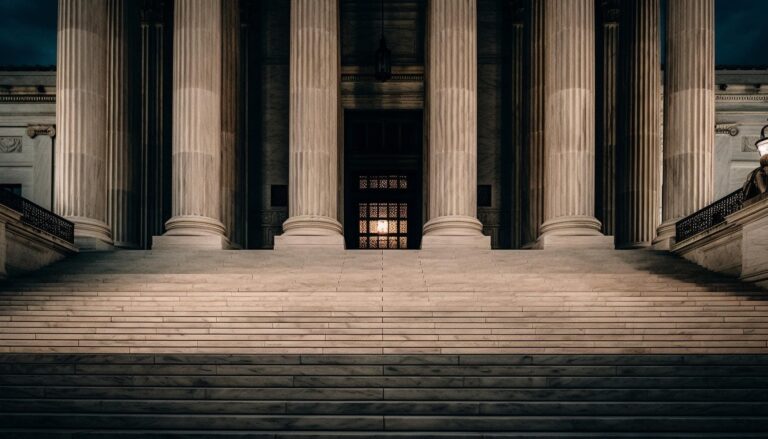In the case of Bougnaoui v Micropole, the Advocate General of the European Court of Justice considered whether the ban on the wearing of Muslim headscarves by staff at a French company amounted to direct and/or indirect discrimination under the Equal Treatment Framework Directive.
Facts
The claimant in this case, a Muslim woman, was employed as a design engineer. As this was a customer facing role she was instructed not to wear a head scarf at work. Following a customer complaint that the claimant had attended site wearing a headscarf, the claimant was asked to remove her headscarf. When she refused, she was dismissed.
Under the EU Equal Treatment Framework Directive there is a prohibition on direct discrimination which extends to manifestations of relegation and belief. The Advocate General concluded it was clear that the claimant had been treated less favourably on the grounds that she had manifested her religion by wearing a headscarf. An employee who did not manifest their religious belief by wearing a headscarf or other prescribed apparel would not have been dismissed. The Advocate General found therefore that the claimant had suffered direct discrimination.
The Advocate General thought it was difficult to envisage circumstances, other than relating to serious health or safety concerns, in which a blanket ban on religious apparel could be justified on the grounds of “genuine and determining occupational requirement” under Article 4(1) of the Directive. The claimant’s performance was not affected by the wearing of the headscarf and the employer appeared to be basing its position purely on commercial interests, and in particular the preferences of its clients. Direct discrimination could not be justified on the grounds of financial loss.
The conclusions in this case are in stark contrast to the opinion given recently by another Advocate General in the case of Achbita v G4S Secure Solutions NV, which involved similar facts but where the finding was that a dress code which entailed a headscarf ban was not discriminatory.
The opinion of the Advocate General is a precursor to the hearing of the case by the ECJ and is often but not always followed by the ECJ. The ECJ is due to give judgment in both cases towards the end of this year.
Comment
Before this opinion was handed down, it had previously been assumed (at least as far as UK law is concerned) that the imposition of dress codes would give rise to issues of indirect, rather than direct, discrimination, because the requirement to dress (or not to dress) in a particular way is applied to everyone equally. The discrimination arises as a result of the fact that the requirement has a disproportionate impact on certain groups whose religious beliefs require them to wear or display items that are not permitted under the dress code.
However the Advocate General has in this case sought to widen the concept of direct discrimination to include not only less favourable treatment because of a person’s religion, but less favourable treatment because of a person’s manifestation of their religion. The result is that, if banning religious apparel or symbols is a form of direct discrimination, UK employers would be left with little or no defence to a claim. The Advocate General suggested that such a ban would only fall outside the scope of direct discrimination if the prohibition was “neutral”, in that it prohibited not only religious items, but also items reflecting a person’s identity or individuality in other more secular ways, such as the wearing of a sporting jersey or an old school tie.
Given the two very conflicting opinions in this case and Achbita, the decision of the ECJ will be extremely important for the future direction of the law in this area.

